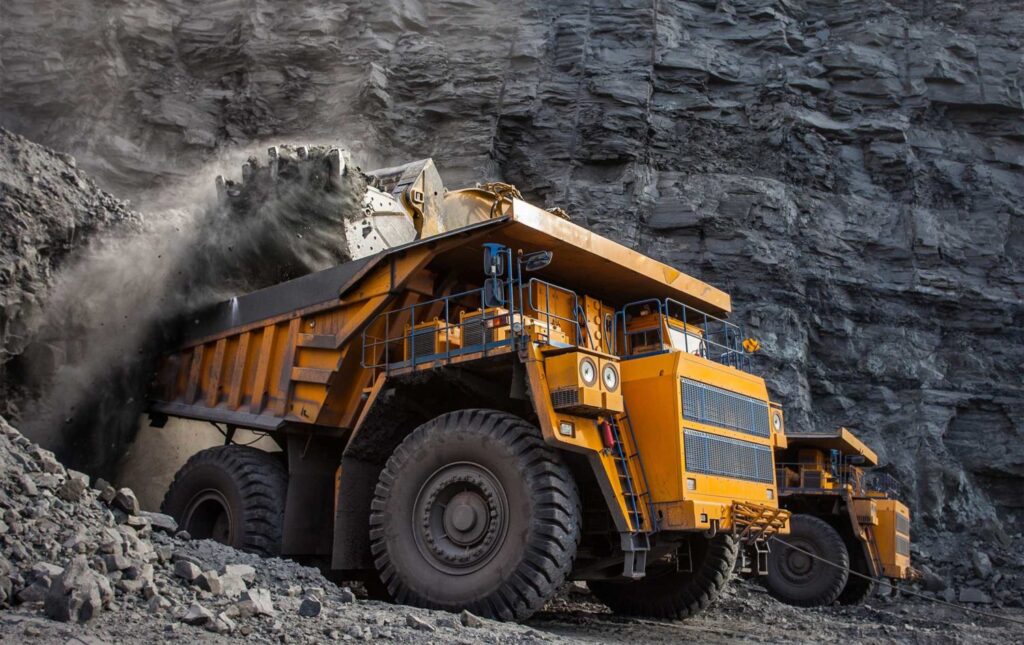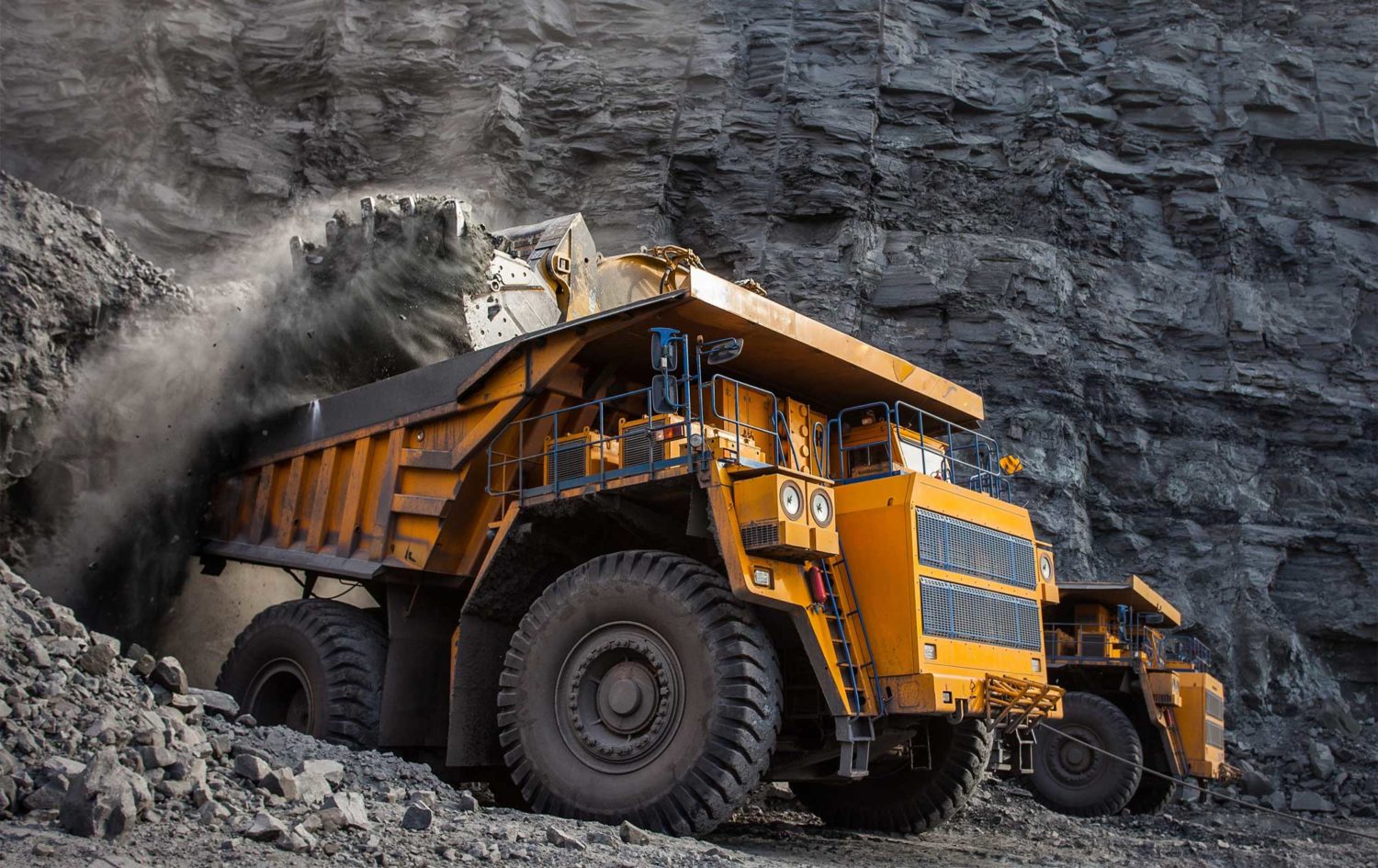
Russian mining and steel company NLMK believes Russian steel demand may contract by 7%-9% or by 3 million to 4 million metric tons this year to a range of 39-40 million mt versus 2019, Ilya Gushin, the company’s VP of sales, told journalists Nov. 9.
Despite current normalcy thanks to solid demand for both iron ore and steel products, a few sectors, such as tourism, commercial aviation, and cruise ship building, remain inactive and with such big chunks of businesses off, economies are still experiencing macroeconomic shock comparable to that of some of the history’s great depressions, said Gushin.
Cumulatively, the 2020-21 period is likely to see a zero change in the world’s GDP as it is forecast to fall by 4%-5% this year and recover by the same 4%-5% in the next, he noted.
World steel consumption and GDP correlate by about 80% with each 1% GDP growth generating a 2%-3% rise in steel demand. However, in the post-crisis year of 2021, due to time needed for the injured and paused industries to spring back to life, steel demand is likely to only respond with a 1% increase for each 1% gain in GDP, or 4%-5% in total, in line with GDP movement, according to Gushin.
This year, the 4% fall in the world GDP may reduce steel demand by 2% as a steeper fall will be offset by a strong performance in China, which in Q1 registered its first GDP decline (-7%) since 1992, but has since recovered quickly thanks to the government’s significant stimulus measures and is likely to become the only country with a positive GDP change this year.
Construction and infrastructure have buoyed economies this year, because even with tough virus containment measures, most countries continued to operate in these sectors.
NLMK expects Russian steel consumption to fall by 7%-9% from 2019. It could have fallen more if not for the mortgage interest rates cuts, which stimulated residential property demand. These fell to 7.9%, down from 9.9% in 2019.
Russia’s rebar and hot-rolled coil consumption are expected to decline the least this year – by 0.5%-0.6% each, while the steepest drops are to be seen in steel pipe and pre-painted coil uses, which are forecast to shrink by 16% and 7%, respectively, according to NLMK.
Steel imports have fallen to about 12% of the Russian market, down from 14% in 2019. Although incremental, this does help major local steelmakers keep their market shares unchanged during the significant demand contraction. In Russia, NLMK now covers 16% of demand versus 12% in 2009.
It owns blast furnace- and electric arc furnace-based steelworks in Russia; rerolling mills in the US and Denmark, and part-ownership in rerolling and coating facilities in Belgium, France and Italy. NLMK makes a wide range of flat and long steel products.
— Ekaterina Bouckley






